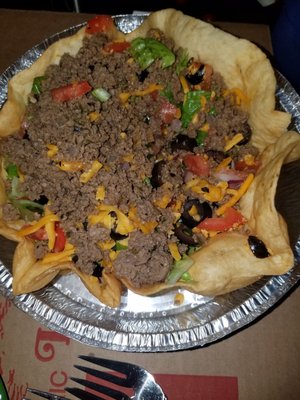About Potesta's Pizza Pasta and reviews
Potesta's Pizza & Pasta"The Best Pizza and Pasta In Town!"
About Us
Drop into Potesta's Pizza and Pasta for good times and great food. The restaurant is a neighborhood favorite, and offers a casual, friendly dining atmosphere that you and your friends are sure to enjo...
Read our reviews
2 reviews | 161 orders
My go to. I have probably ate 120lbs of wings from this place since starting grubhub. Excellent pizza and salads too. Top notch delivery staff.
1 reviews | 69 orders
Good food. Great Italian Beef. Large portions their fries used to be my fav but I think they changed brands because these are not as good.
1 reviews | 86 orders
Our "go to" pizza place. Great food and great service!
Reviews:
Darryl P
We try to get a pizza on Wednesday night when they have the 1/2 price special. The service is always good and the pizza is excellent.
NikkiLabels
My job orders a lot from Potesta Pizza. I really like their hot wings and chopped salad! Hands down one of the best salads plus it is a good portion. How the pizza on the other hand is hit or miss. Sometimes it's good sometimes...
Chicagowoman1
I do not understand how in a Saturday night they can be out of things... It is the weekend and they are out of rib's ok then I will add something else. The gal was not very smart.she acted like u want what instead of...



